YIMBY har lämnat in ett yttrande om Södermalm - Persikan 5.
Du kan läsa vårt yttrande som PDF här.
Plandokumenten kan läsas här.

Allmänt
YIMBY ser mycket positivt på att området utvecklas och omformas från bussdepå till ett nytt område med ambitionen att bli en ny del av Stockholms inner- och blandstad. Ur många aspekter är planförslaget en fullgod implementation av Promenadstaden och har just de kvaliteter YIMBY brukar efterlysa: Högt exploateringstal (2,6), rutnätsstruktur med slutna kvarter, lokaler i bottenplanet samt relativt lågt p-tal (0,42). Förslaget har även en ambition att skapa arkitektonisk variation, vilket vi ser som mycket lovvärt.
Bebyggelse
Marken är anvisad till nio olika byggherrar, och enligt planförslaget borgar det för god variation i arkitektur inom området. Vi håller med om att det är mycket bättre än den traditionella principen att bara ha en enda byggherre, men skulle gärna se att staden gick ett steg längre och blickade tillbaka på principerna som styrde byggandet när den idag oerhört populära stenstaden byggdes runt förra sekelskiftet.

Vi rekommenderar framför allt att man överger principen om stadsplan och byggnadsplan (för att använda två gamla uttryck) i samma dokument att beslutas vid samma tillfälle, med politiska beslut om vem som ska bygga vad. Förfarandet befäster monopoliseringen inom svenskt byggande, en monopolisering som bidrar starkt till att göra byggandet dyrt och det byggda enformigt och tråkigt.
Bättre är att först besluta om stadsplan och tomter och sedan upplåta dessa tomter till den som önskar bebygga dem, inom ramen för generella bestämmelser. Det ökar konkurrensen, och skapar en mer omväxlande stad. Det minskar också arbetsbelastningen på Stadsbyggnadskontoret och ökar möjligheten för detta att ägna sig åt sin kärnverksamhet - att planera nya byggbara tomter och ny infrastruktur - något det uppenbarligen inte hinner med idag.

Vi förordar också en småskaligare fastighetsindelning för att öka variationen och ge mindre byggherrar en chans. Det nordöstra kvarteret avses få en fasad som simulerar smalare byggnader, vilket är ett acceptabelt substitut, men det bästa är givetvis att uppföra verkliga hus. Mindre acceptabel är den över 100 meter breda fasaden på det sydöstra kvarteret mot Tegelviksgatan. Fasadbredder på över 50 meter är ett säkert recept på motsatsen till det varierade fasaduttryck som planen eftersträvar, och av plankartan framgår att åtta av husen avses få en bredd som är större än så.
Vi vill också sätta ett frågetecken för de öppna portikerna in mot gårdarna, den sista resten av förortstänkandets öppna kvarterstruktur. Att lämna en glipa in mot innergården minskar den upplevda tryggheten, inte minst för den förälder som vill låta sina barn leka där, och gör den mer bullerutsatt. Några av husen avses också få förgårdar men av illustrationerna att döma tar de bara upp minimalt med gatuutrymme och får därför anses som acceptabla, speciellt om de kompenseras med den överhängande utbyggnad åt gårdssidan som föreslås.

Sen och nu
"Accenterna" på utvalda platser i form av några extravåningar har vi inga invändningar mot, och vi vill understryka vikten av att utforma dem på ett sätt som ger den nya stadsdelen en karaktäristisk siluett. Förslagets sneda tak är ett steg på vägen men vi rekommenderar att det ses över för att åstadkomma något mer unikt.
I planförslaget framhålls det som en fördel att stadssiluetten "inte påverkas i någon större omfattning" men vi menar att ett tillskott till skylinen inte i sig är något negativt. I förslaget nämns "stadssiluettens begränsade höjd" som något som bör bevaras men i närområdet finns redan ett flertal byggnader som når en högre höjd: "Pennhusen" på Danviksklippan, tornet på Sofiaskolan, bebyggelsen på Erstaberget, Åsöberget och Bondegatans krön m fl, och i fonden syns Skattehuset, Sofiakyrkan, Erstakyrkan, Globen, höghusen i Hammarby Sjöstad och Folksamhuset.
Gatustruktur
Det är positivt att området tillförs en ny park i form av Persikoparken. Vi skulle gärna se att dess funktion som naturlig förbindelse mellan Mandelparken och Vitabergsparken stärks genom att "flyglarna" tas bort så att det skapas ett tydligt sammankopplande och genomgående gångstråk.
Promenadgatan genom området (Persikogatan) är ett i grunden positivt initiativ men vi bör lära oss av erfarenheterna från Södra stationsområdet. Planen måste ställa mycket tydliga krav på lokaler i bottenplanen ut mot detta stråk, annars riskerar det att bli ett "dött" och otryggt stråk, på samma sätt som vi har sett i Södra stationsområdet.
 Stadsplanen. Notera avbrottet i slutet av Bondegatan
Stadsplanen. Notera avbrottet i slutet av Bondegatan
Det enskilt största problemet med planen som vi ser det är att Bondegatan inte kopplas samman med sin naturliga slutpunkt Tegelviksgatan. Här försvinner en möjlighet till sammanhang i Promenadstadens mening, och området förblir en barriär helt i onödan.
Argumentet som anförs är att lutningen på ca 9 % gör dragningen olämplig ur tillgänglighetssynpunkt, vilket ytligt sett låter rimligt, men alternativet är nu att inte bygga någon trappfri förbindelse alls, en lösning som varken gynnar rörelsehindrade eller andra. Gator med likartad lutning finns i närområdet (t ex Skånegatan mellan Renstiernas och Borgmästargatan) och den som inte klarar lutningen behöver bara ta parallellgatan, i det här fallet gatan med arbetsnamnet Norra gatan, som även i planförslaget tjänar som tillgänglighetsanpassad förbindelse.
Vi förordar starkt att sexmetersstupet bryggas över och att gatan blir en del av gatunätverket på östra Södermalm snarare än ännu en död stump som ingenstans leder.
YIMBY Stockholm om: yttrande, södermalm, persikan, stadsplan, tegelviksgatan, bondegatan, promenadstaden
Bloggar om: yttrande, södermalm, persikan, stadsplan, tegelviksgatan, bondegatan, promenadstaden

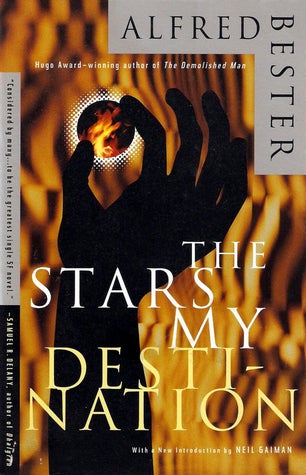
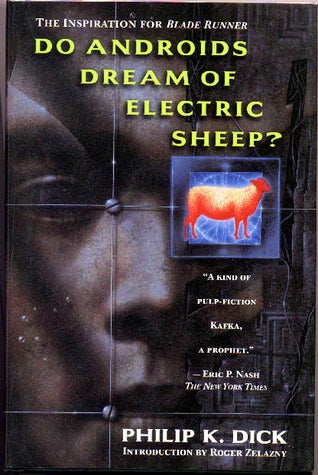

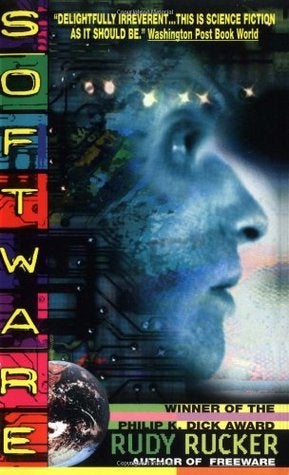




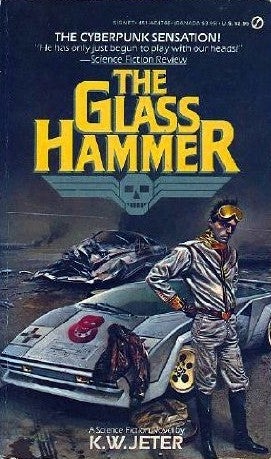




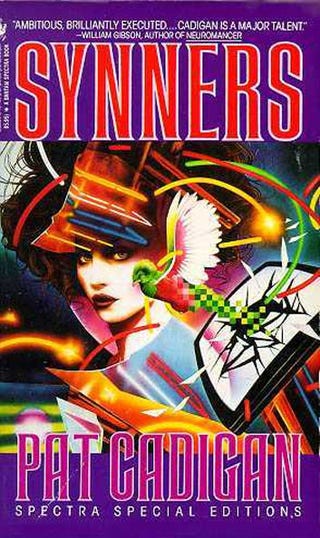
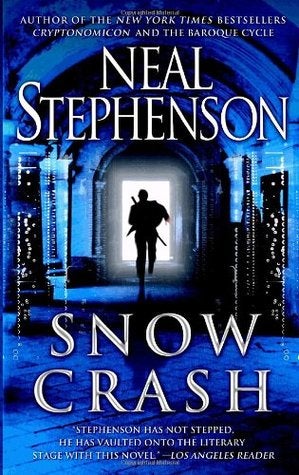
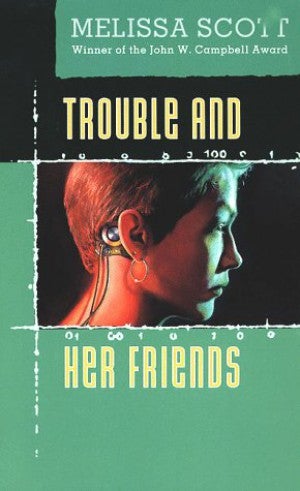
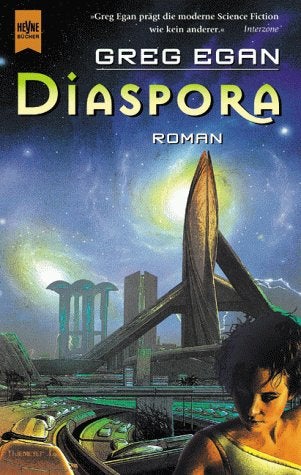
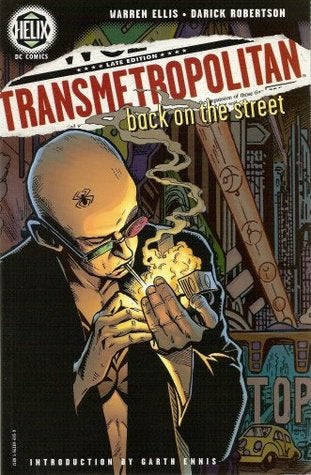

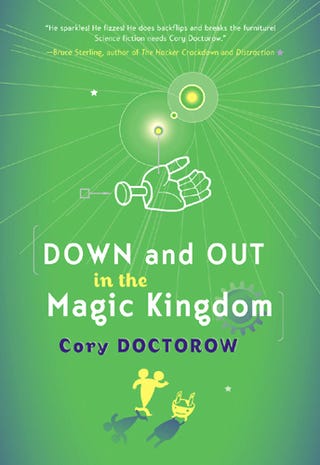
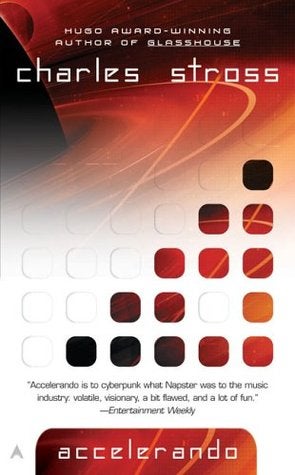







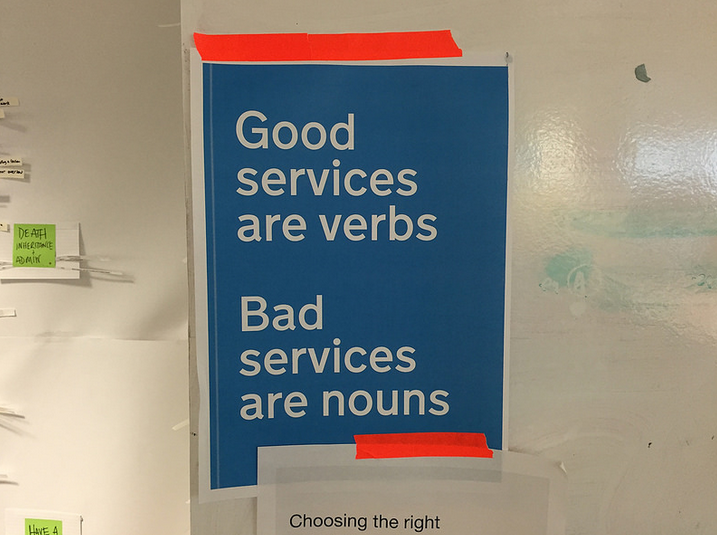








 The Wall Street Journal's Christopher Mims
The Wall Street Journal's Christopher Mims 





 Tara Shultz, 20, of Yucaipa, CA along with her parents and friends are protesting the inclusion of four award-winning graphic novels that are taught in an English class at Crafton Hills College because they feel they are too violent and pornographic to be read by college students. On Thursday they assembled outside the campus administration building to express their outrage. The four graphic novels are
Tara Shultz, 20, of Yucaipa, CA along with her parents and friends are protesting the inclusion of four award-winning graphic novels that are taught in an English class at Crafton Hills College because they feel they are too violent and pornographic to be read by college students. On Thursday they assembled outside the campus administration building to express their outrage. The four graphic novels are 











